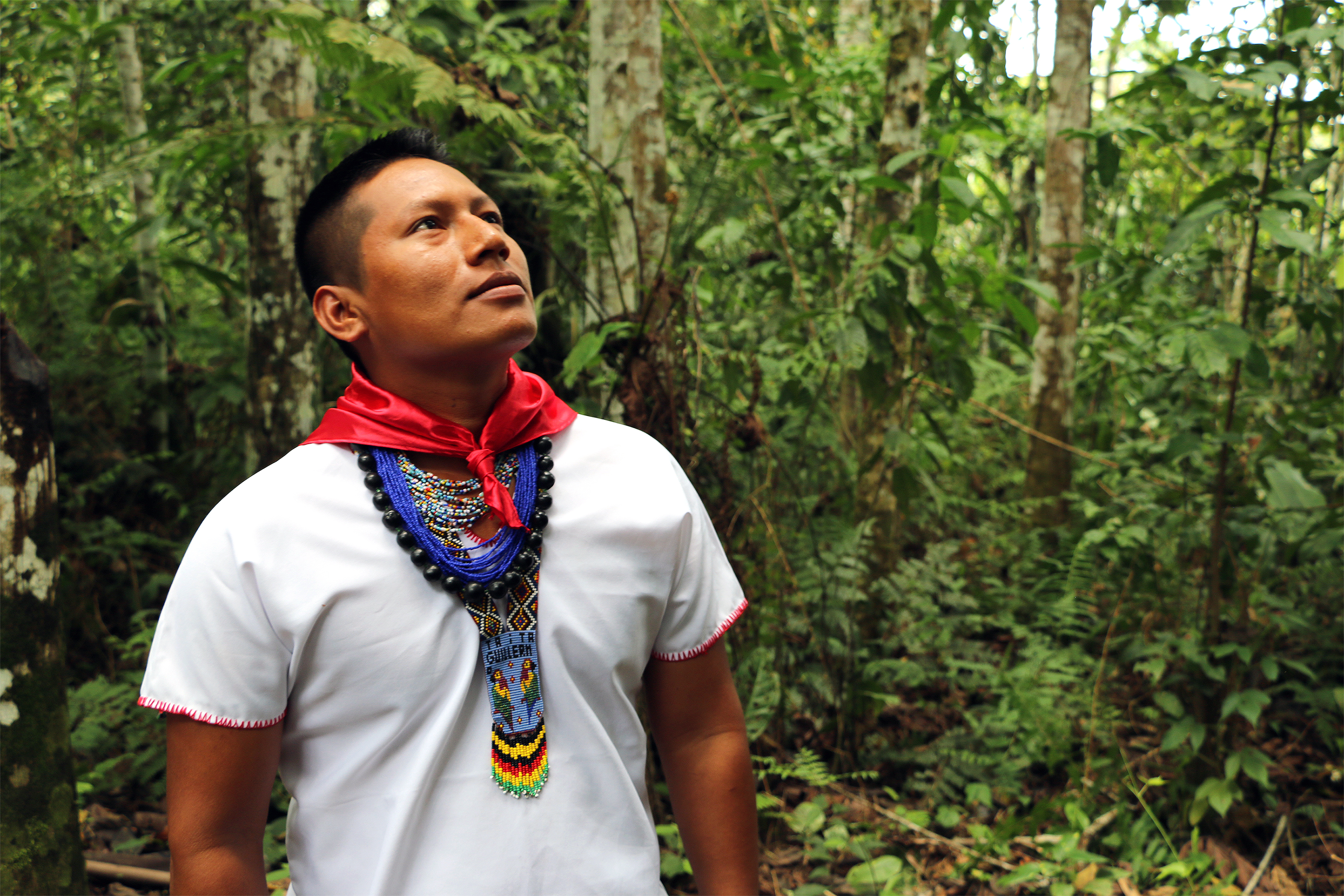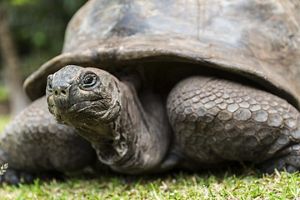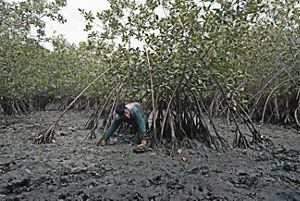Working with Local Indigenous Communities to Achieve Sustainable Landscapes
We work on building capacities that link ancient knowledge with government policy to preserve the Amazon in Ecuador

Ecuador’s role as a global biodiversity powerhouse requires a very specialized approach integrated directly with local communities and governments. This requires a deep understanding of the landscapes that compose Ecuador. This is why we work on iconic global landscapes such as the Amazon, as well as key agricultural landscapes in the Andean center region. We look for global and local solutions, specific yet scalable, to protect the benefits provided by the biodiversity on this geography. At the same time, we promote socioeconomic and environmental sustainability framed by three main strategies:
- Community-based conservation and land-use planning with indigenous peoples and local governments.
- Sustainable livelihoods and productive activities.
- Climate change mitigation and ecosystem-based adaptation.
Know our work


Work must be addressed on different scales: we incentivize the appropiation of sustainable economic activities for single and community beneficiaries, such as the Kichwa, Cofán, Sápara, Shiwiar and Andwa peoples, and at a policy scale we work with national, regional, provincial, and municipal governments, all with the intention to contribute to a science and traditional knowledge-based decision-making.
Where we do it
The Sustainable Landscapes team works mainly in the Ecuadorian Amazon, within the Napo and Pastaza river basins, and focuses on freshwater landscape conservation. The team also works in the Yasuní Biosphere Reserve, focused on terrestrial landscapes conservation, which includes over 3 million hectares and the active involvement of provincial and municipal governments.

KNOW ECUADOR'S DIVERSITY
Sustainable landscapes in Ecuador
By working side by side with indigenous communities we aim to build processes that communities and local governments can continue autonomously. We look to preserve ecosystem services through sustainable livelihoods in order to secure economic activities long term. These processes must be appropiable, replicable and scalable.
We set conservation indicators related to biodiversity, forests or human well-being, and connect them to long-term productive activities. This approach, improved with traditional knowledge and capacity building, aims to provide key insights for local and community decision-making.
This approach is based on robust sociocultural frameworks that integrate indigenous peoples and communities’ rights in order to propose an adequate intervention strategy. On a geography where 50% of the Amazon is under indigenous communities’ territory, social and environmental integration is absolutely urgent.

Solutions at scale
Transforming land-use planning and policy decision-making
We produce key information and resources to boost decision-making on a specific scale, in order to contribute to a robust public policy framework aimed to promote sustainable land-use planning. We also work with the institutions to create guidelines that help local governments preserve Ecuador’s biodiversity. This is developed on two focal strategies:
- The generation and implementation of technical tools for national, regional, provincial, and municipal governments that combine concepts of integrated landscape management to reduce pressures on biodiversity and natural resources to achieve zero deforestation.
- An indigenous policy shaped by the participation of the communities and designed for the integral management of their territories. The integration of this policy into local and national government development plans.
Succesful conservation work
Landscape territorial governance
Decision-making on a territorial scale requires the adequate integration of national government, local government and local communities’ stakeholders, on a shared space to agree on intervention and implementation strategies. This is the definition of sustainable and collective landscape governance.
TNC works on ethno-zoning maps that will allow communities to negotiate the implementation of possible investment projects within their territories, with this information to be used as a mechanism to face external threats to their territories. These efforts are also intended for indigenous peoples to organize and face internal threats such as the expansion of the agricultural frontier.
This is where capacity building, training and assistance contribute to integrate territorial cosmovision of indigenous cultures with land, forests, water, and biodiversity use on local and national policies that develop system-wide planning processes.

Downloads
The starting point to restore the planet’s health
From the top of the Andes, to the depths of the Pacific, from Galapagos Islands to the Amazon, we aim to turn Ecuador into an incubator for global solutions that enable nature and people to thrive together.






